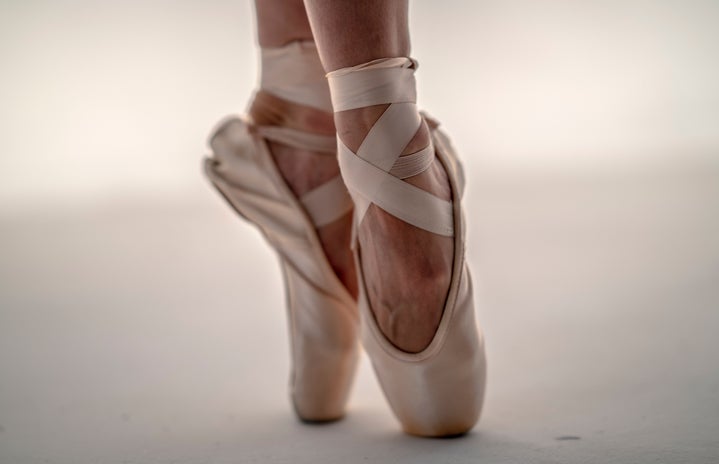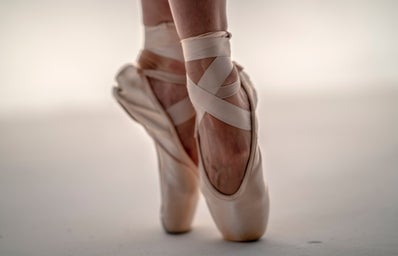Trigger warning: this article discusses eating disorders and could be triggering to some readers
When someone mentions ballet, the immediate image that comes to mind is graceful, perfectly toned women in baby pink leotards and pink satin shoes. Ballet dancers for years have been told that to be successful you have to be feminine and elegant, and most importantly, skinny. This idea of an ideal dancer perpetuated onto young girls in the sport has detrimental effects, that are only just starting to be acknowledged in the dance community, with athletes in so called ‘aesthetic’ sports such as dance, figure skating and cheerleading, being 20% more likely to develop some form of body dysmorphia or eating disorder than anyone else.
Ballet in particular has been notorious for causing severe mental health issues and eating disorders, with the most elite schools such as the Vaganova academy openly providing a really disturbing weight chart that their applicants and dancers must adhere to, encouraging their dancers to maintain insanely unhealthy body weights whilst participating in gruelling daily classes and training on the same level as many olympic athletes.
The competitiveness associated with ballet also does not provide the best environment for young girls, spending days in front of a mirror, seeing your ‘competition’ in leotards and tights, constantly being judged on your body, seems like a perfect way to create body image issues. The problem however isn’t just in the professional world, anyone i have spoken to who used to go to any kind of dance lessons when they were younger will tell you about the subtle comments so commonly used by teachers. Constant comments about sucking in your stomach or not sounding light enough when you hit the floor after a jump may seem harmless, but to young girls just starting to go through puberty, and already feeling uncomfortable in their bodies, these sorts of comments are what lead to a lifetime of mental health problems.
The idea of a perfect ballet body also doesn’t help, with many dancers who don’t have that exact (very rare) body type being made to feel as though they aren’t good enough, they aren’t cut out to be a dancer and their body is the reason why they will find it way harder to be able to dance professionally and be accepted in the dance world. Reinforcing these ideas of an almost unattainable perfect figure can completely ruin someone’s perception of themselves.
I thankfully have never had to deal with extremely toxic ballet teachers when I used to dance, but even with a more supportive environment, I still felt as though I would never be as good as my thinner, less curvy counterparts, and when you’re that young, the feeling that the body type you are developing isn’t good enough unfortunately never really leaves you.
The good news is that a few dance companies such as the royal ballet in London have implemented nutrition schemes and hired dieticians to monitor their dancers eating habits and weight, but with the sport being such an aesthetic art, focused on the dancers bodies, there is still a very long way to go to reduce the negative stigma around weight and body size in the dance world.


